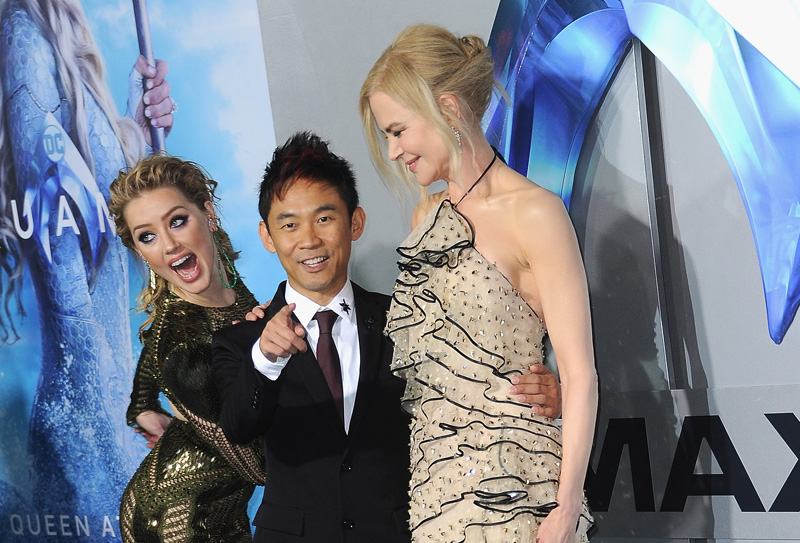James Wan’s superhero epic Aquaman swims into U.S. theaters this week, and ComingSoon.net had the chance to speak to the director about his first deep dive into the DC Extended Universe. Check out our interview with Wan below!
RELATED: Orm Gives Arthur One Last Chance in New Aquaman Clip
From Warner Bros. Pictures comes an action-packed adventure that spans the vast, visually breathtaking underwater world of the seven seas. The film, starring Jason Momoa (Justice League, Game of Thrones) in the title role, reveals the origin story of half-human, half-Atlantean Arthur Curry and takes him on the journey of his lifetime — one that will not only force him to face who he really is, but to discover if he is worthy of who he was born to be… a king.
Aquaman also stars Amber Heard (Justice League, Magic Mike XXL) as Mera, a fierce warrior and Aquaman’s ally throughout his journey; Oscar nominee Willem Dafoe (Platoon, Spider-Man 2) as Vulko, counsel to the Atlantean throne; Patrick Wilson (The Conjuring films, Watchmen) as Orm/Ocean Master, the present King of Atlantis; Dolph Lundgren (The Expendables films) as Nereus, King of the Atlantean tribe Xebel; Yahya Abdul-Mateen II (Baywatch, The Get Down) as the vengeful Black Manta; and Oscar winner Nicole Kidman (The Hours, Lion) as Arthur’s mom, Atlanna. Also starring is Ludi Lin (Power Rangers) as Captain Murk, Atlantean Commando, and Temeura Morrison (Star Wars: Episode II – Attack of the Clones, Green Lantern) as Arthur’s dad, Tom Curry.
Directed by Wan from a script by Will Beall (Gangster Squad) and David Leslie Johnson-McGoldrick (The Conjuring 2), from the story by Geoff Johns, Wan and Beall, the film is being produced by Peter Safran and Rob Cowan, with Zack Snyder, Deborah Snyder, Rob Cowan, Jon Berg, Walter Hamada and Geoff Johns serving as executive producers. The movie is based on characters from DC’s Aquaman created by Paul Norris and Mort Weisinger.
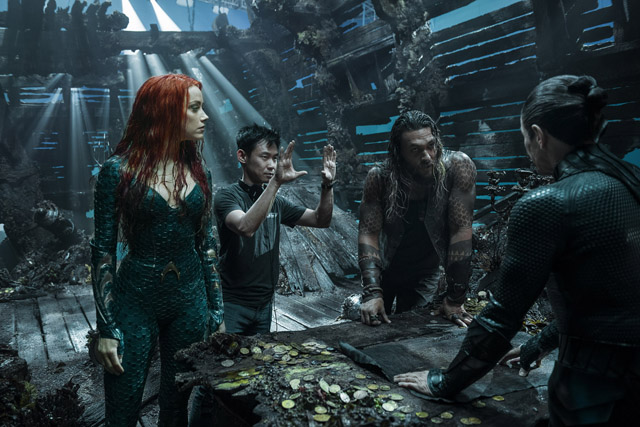
ComingSoon.net: There was a lengthy development process for “Aquaman,” and there were even rumors that you were thinking of not doing it if the script wasn’t right. What was the biggest thing that you had to nail down before you knew you could make this?
James Wan: I guess the biggest thing for me was really making sure that I can make the film that I wanted to make, creatively and in terms of getting the resources to do it right. Having the right budget and stuff like that to kind of do it justice because it’s obviously a very big world. It’s a big design world, I should say. It takes a big team to put it together and that was one of the things that I wanted to get right early on. Everything stems from making sure you have a strong foundation of the script before you can plow ahead.
CS: Right. Were there any specific story hurdles that you had to crack with your writers?
Wan: I mean, yeah. There are always the story hurdles, the story points that you kind of have to try to work out along the way, and that kind of goes with every script that I work on. The logical first one that comes to mind was just trying to figure out whether this standalone movie is a prequel like “Wonder Woman” or is it in present time, post-“Justice League.” So that was one that we kind of went back and forth and all that. Ultimately, Geoff Johns and myself realized we don’t want to do the prequel thing because “Wonder Woman” has already done that and we want to move this character forward in the proper timeline. So, we picked up post-JL, but I wanted it to be an origin story as well. I started to realize that I can actually do it post-JL, but to make it an origin story because he starts out very strongly one way and then he goes on this hero’s journey to become the classic Aquaman as we know him.
CS: Zack Snyder set that up for you in the sense that there were still big leaps for the character to take before he was the character from the comics. There was one brief mention of Steppenwolf in the film, but before “Justice League” did what it did, was there ever talk about integrating more characters from the larger DC extended universe?
Wan: No, not really. From day one, I kind of wanted this to just be an Aquaman movie. My feeling was, you’ve had many movies about the other characters. This is Aquaman’s time in the limelight. Let’s let it be his and let’s not clutter the movie with any other characters. There’s no reason to do that. It wasn’t fair. The other characters have had decades of opportunities at the big screen. Now it is Aquaman’s chance and I feel like it has such a big world, so many wonderful characters that I did not want to crowd it with all the other characters. Plus it might be weird to go to Atlantis and see Flash hanging around in Atlantis or something. I don’t know.
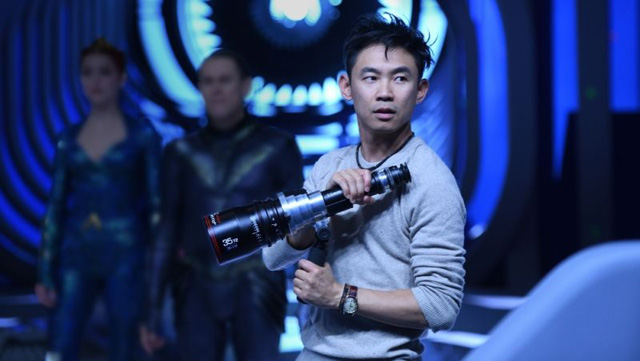
CS: I guess it sort of takes away from Aquaman’s journey if he’s like, “Well, this is getting really hard. Let me just call Superman.”
Wan: Well, that’s always the tricky thing, when you have such a powerful ally. But that was a big part of why the journey that the heroes in this film go on is in such a different world, and it’s such a different world that it ought to feel out of place for the other characters. Even if Superman was to show up, or Wonder Woman would show up, they would feel out of place. They really wanted the movie to have a very fantastical tone to it, despite the fact that the film takes place on planet Earth.
CS: That was one of the things I liked was the tone in the film. Obviously we’ve done the grimdark thing with these movies. “Aquaman” frequently signaled that it knew it was a little silly, but you never went full camp. It wasn’t “Batman and Robin.” It walked that line. Could talk about that specific tone and how you pulled that off with your cast and crew?
Wan: Listen, in a lot of ways, it’s going to be honoring the comic book. The comic book has just that kind of tone to it. I definitely didn’t want it to be campy or cheesy, necessarily. I didn’t want it to do that, to be that, but I definitely wanted to be tongue-in-cheek, to some degree. Go back and watch “Big Trouble in Little China,” because that’s what it kind of reminded me of. Jason’s character is a lot like Jack Burton. It tows that line of a hero that’s really cool, but then does dumb things every now and then. That’s the thing that I had fun with, playing with Jason’s personality. He has a larger than life personality, but he’s not afraid to be goofy as well, when needed. That’s just who he is, and that was something that I really wanted to raise. It’s a little bit of this and a little bit of that. And for example, people will point out there’s an octopus playing drums. I’m like, well, f*ck yeah. It’s in the comic book. It’s one of the most favorite characters in the comic book, Topo, and I wanted to give Topo a cameo. And in some ways, “Fury Road” was a big inspiration in terms of being able to go larger than life. Why in the hell did “Fury Road” have a guy playing flaming guitar? I don’t know, but it added to the craziness of the world and I just needed to land this. I really wanted this to feel like its own complete universe, that you and I might think it’s weird and strange, but for them it’s a part of their world.
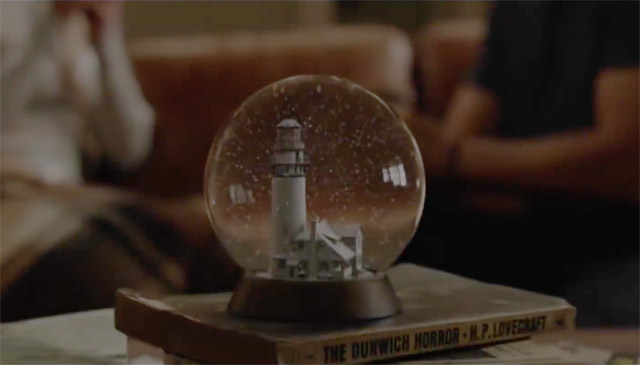
CS: That octopus playing the drums is going to be a GIF in about two weeks. Speaking of octopus, you did a visual shout out to “The Dunwich Horror,” and the trench sequence felt very Lovecraftian, very “Innsmouth.” Could you talk a little bit about the Lovecraft influence on the film?
Wan: I mean, yeah. Like most filmmakers, I’m a big fan of Lovecraft. This story that is somewhat inspired in a big way by Geoff Johns’ run in New 52, where he rebooted the world of “Aquaman” and the kingdoms and all of that. There’s shades of scenes with just monsters and obviously very Lovecraftian inspiration. It’s a world that I love and I felt like it belonged in this film.
CS: I’ve heard that The Trench itself could possibly play a bigger part in an “Aquaman” sequel. What are some possibilities to be explored in The Trench?
Wan: I’m not sure. I have a hard time talking about sequels and stuff like that, but this film hasn’t come out yet. So I’m very superstitious, I don’t really know what to say to that.
CS: You’ve had an unprecedented amount of success with “The Conjuring” franchise, and now Walter Hamada -who you worked with on that franchise- is running the DCEU. What are some things that you guys learned about building a cinematic universe on “The Conjuring” that you think could be applied to the DCEU?
Wan: Creating the world and making sure that the world is rich enough, and having characters that are interesting and have a life of their own. That’s the biggest thing I realized, whether it’s “The Conjuring” universe or “Insidious” or “Saw,” ithat having the concept that clicks with people and a world that people will want to come back and visit. Finding different characters with different story lines. That’s what was the key.
(Photo Credit: Getty Images)
Aquaman
-
Aquaman
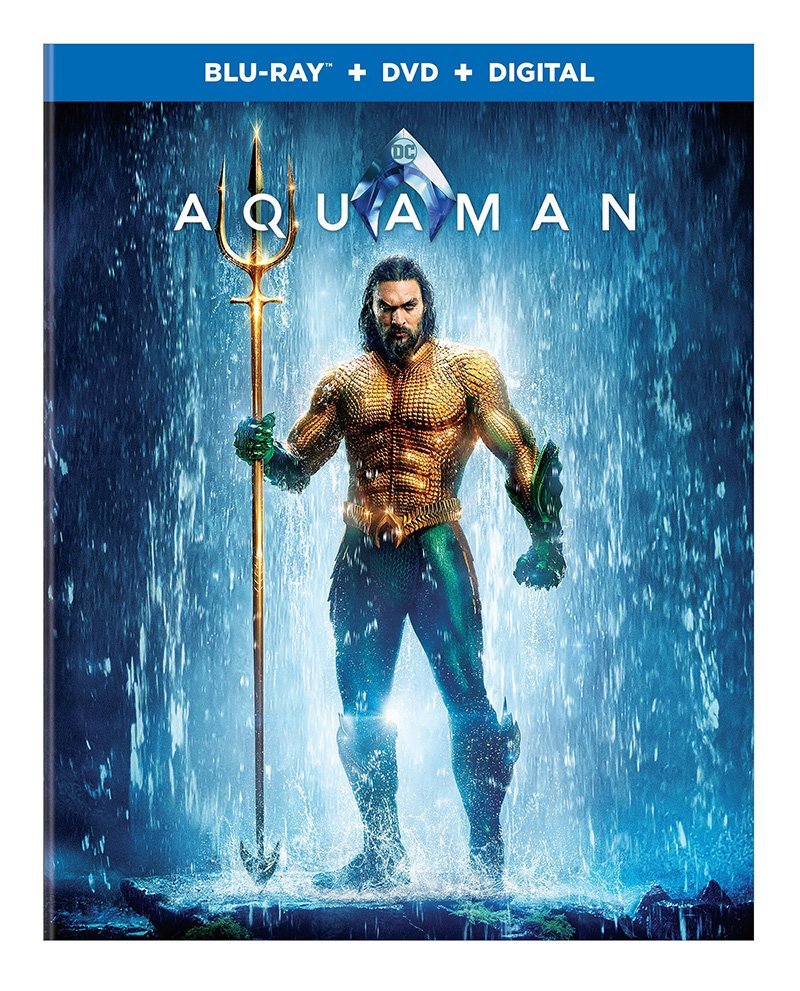
-
Aquaman
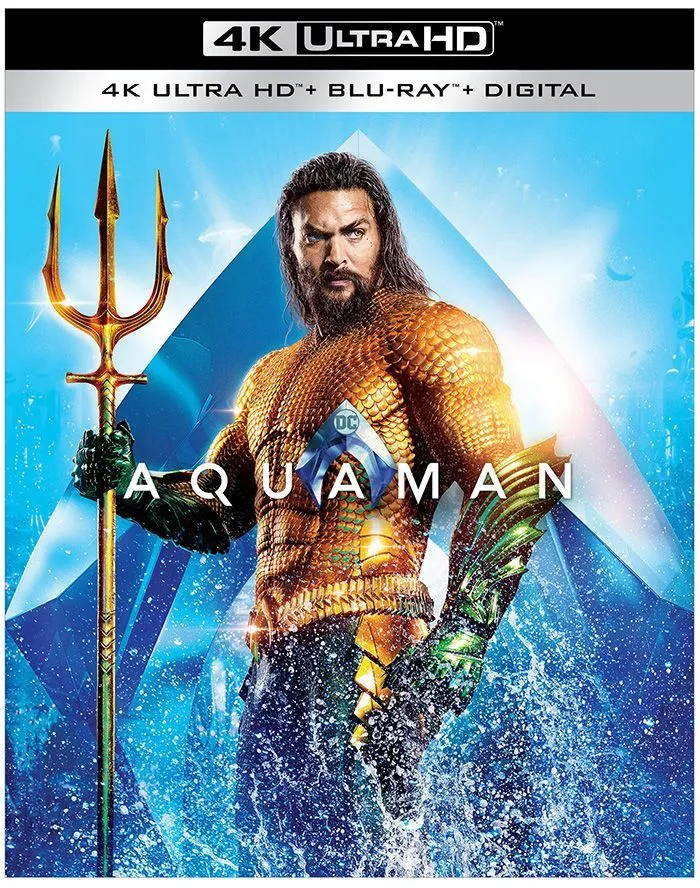
-
Aquaman
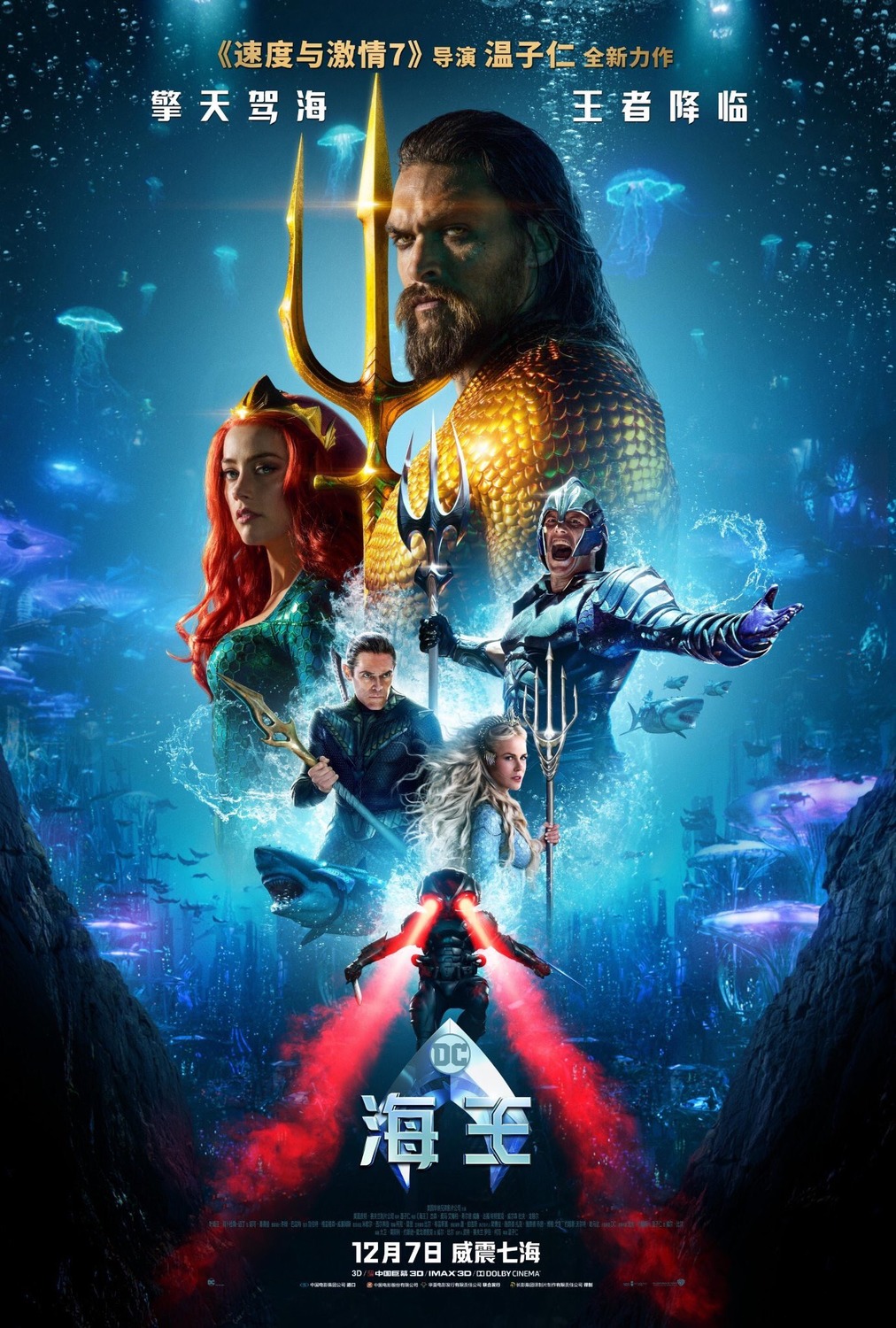
-
Aquaman

-
Aquaman

-
Aquaman
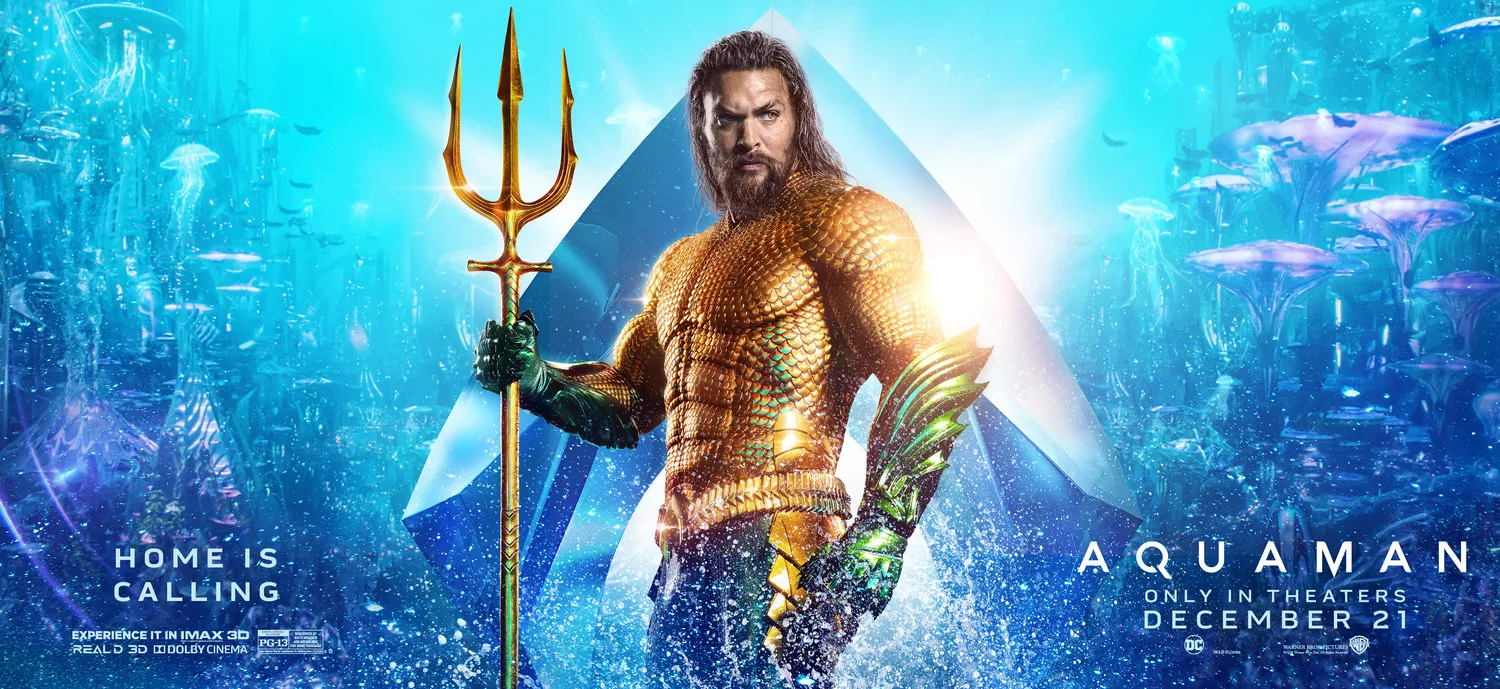
-
Aquaman
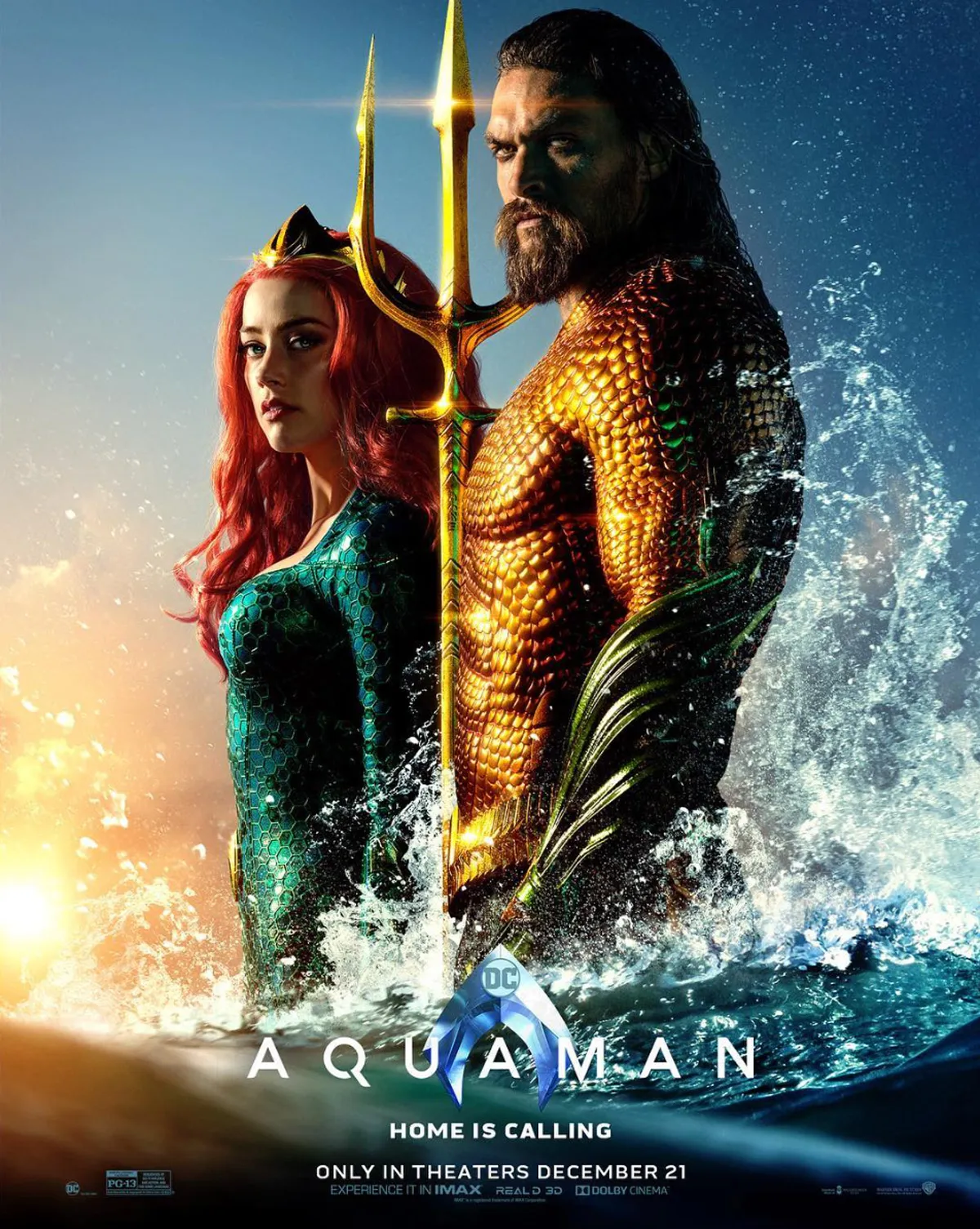
-
Aquaman

-
Aquaman

-
Aquaman

-
Aquaman

-
Aquaman

-
Aquaman

-
Aquaman

-
Aquaman
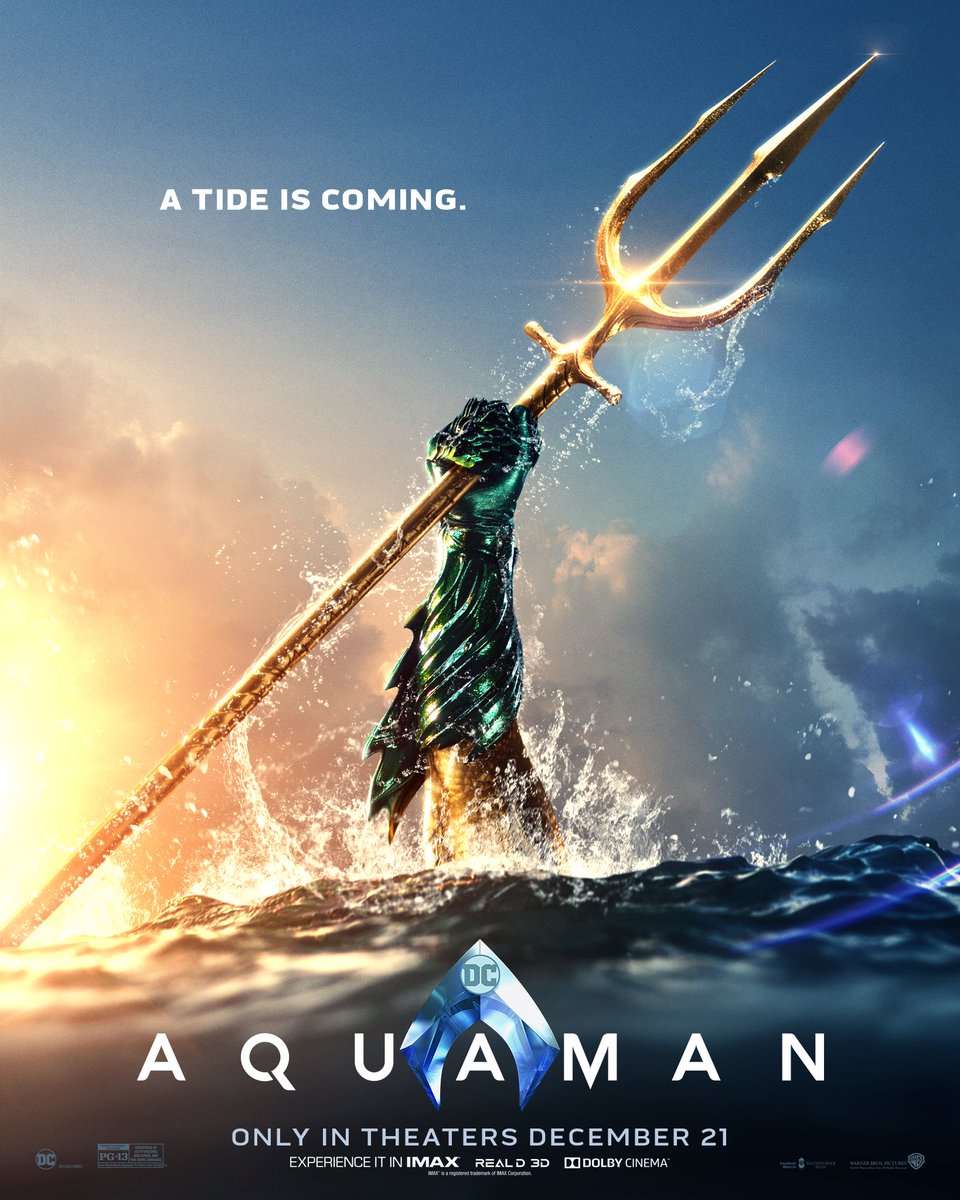
-
Aquaman
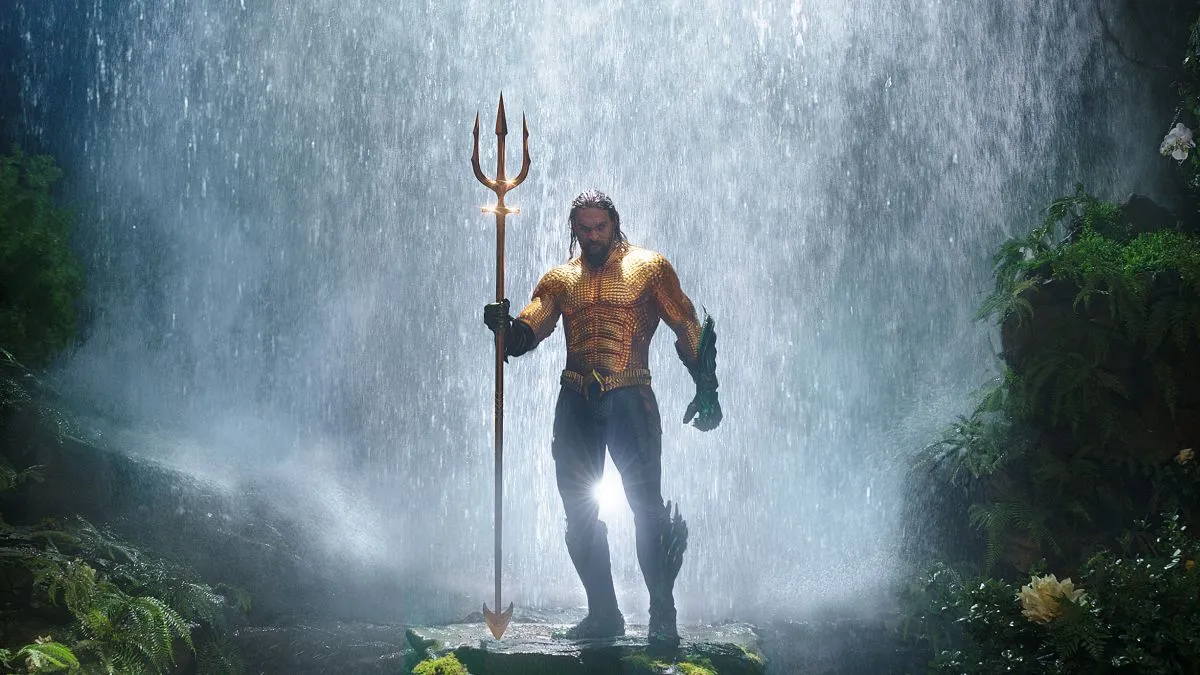
-
Aquaman
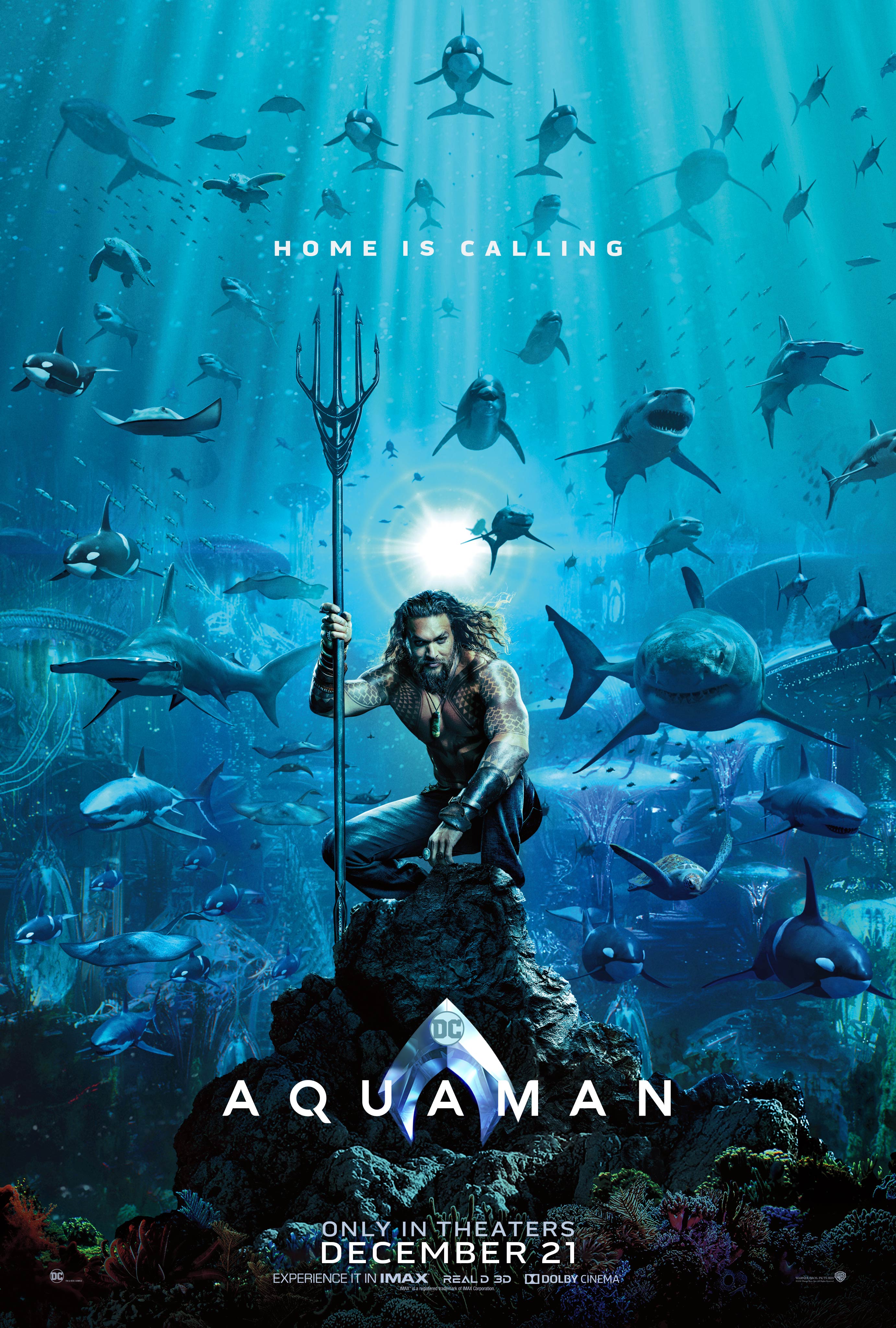
-
Aquaman

-
Aquaman

-
Aquaman

-
Aquaman

-
Aquaman

-
Aquaman
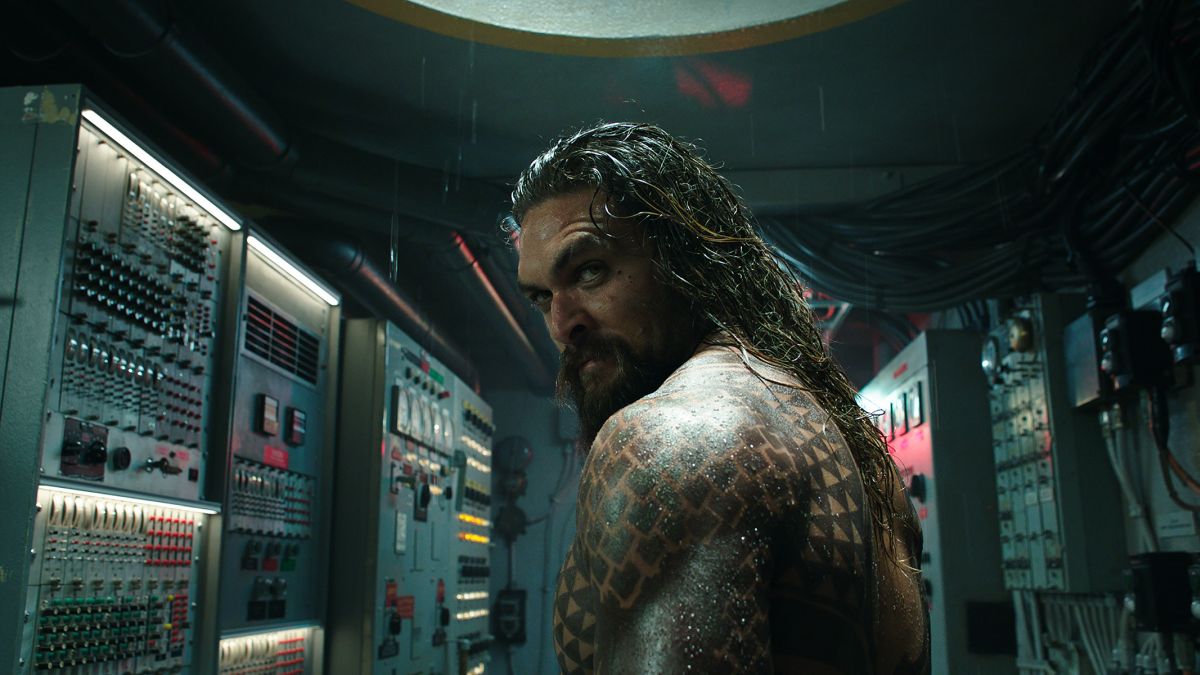
-
Aquaman
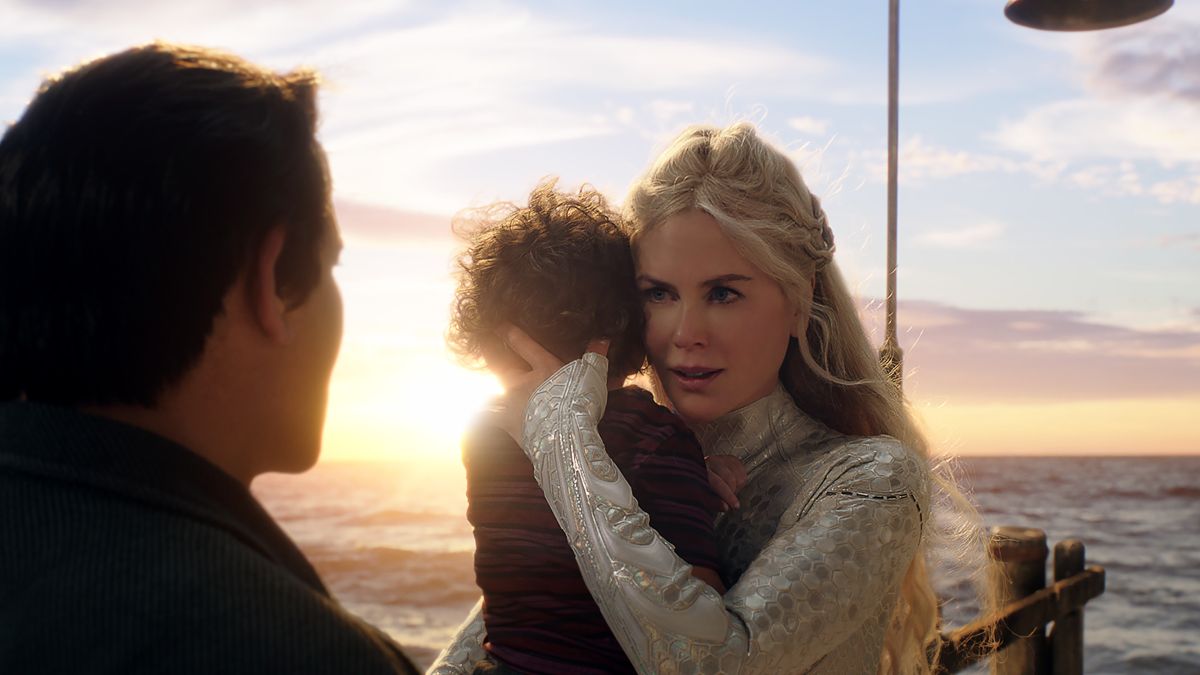
-
Aquaman
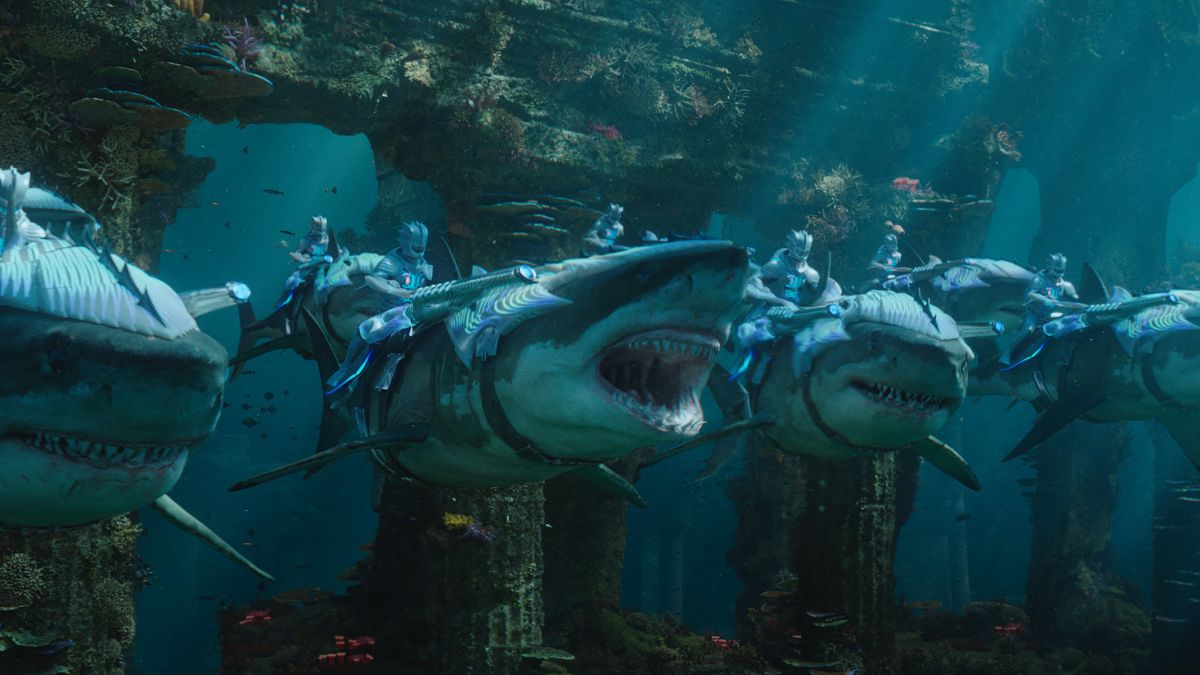
-
Aquaman
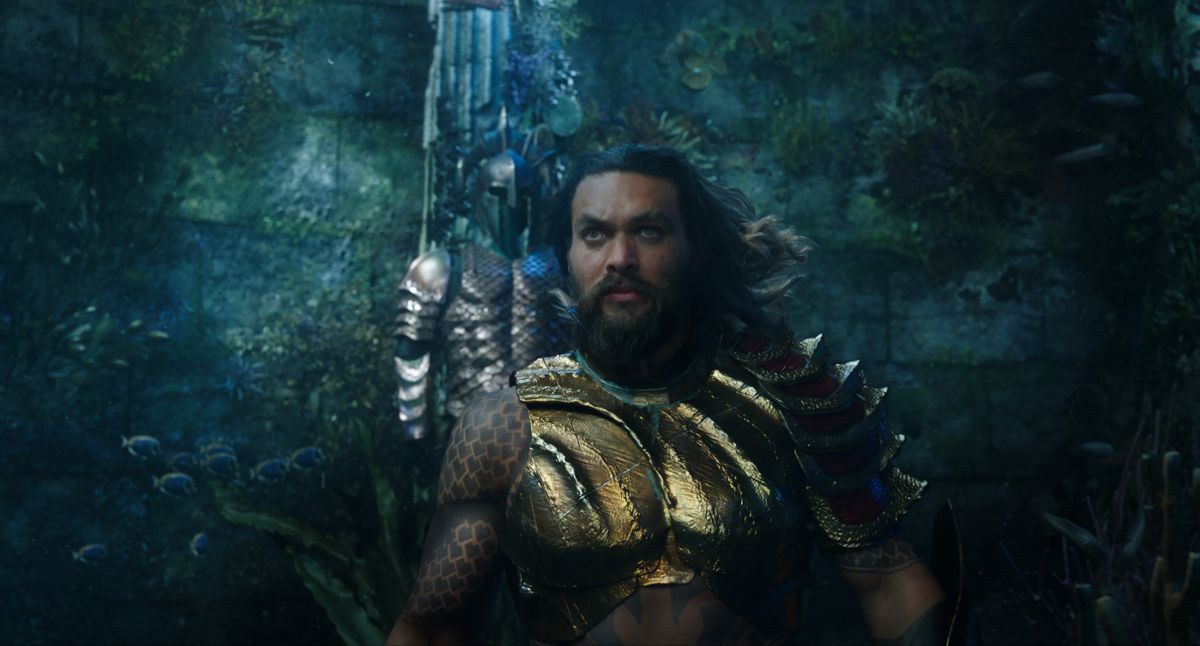
-
Aquaman
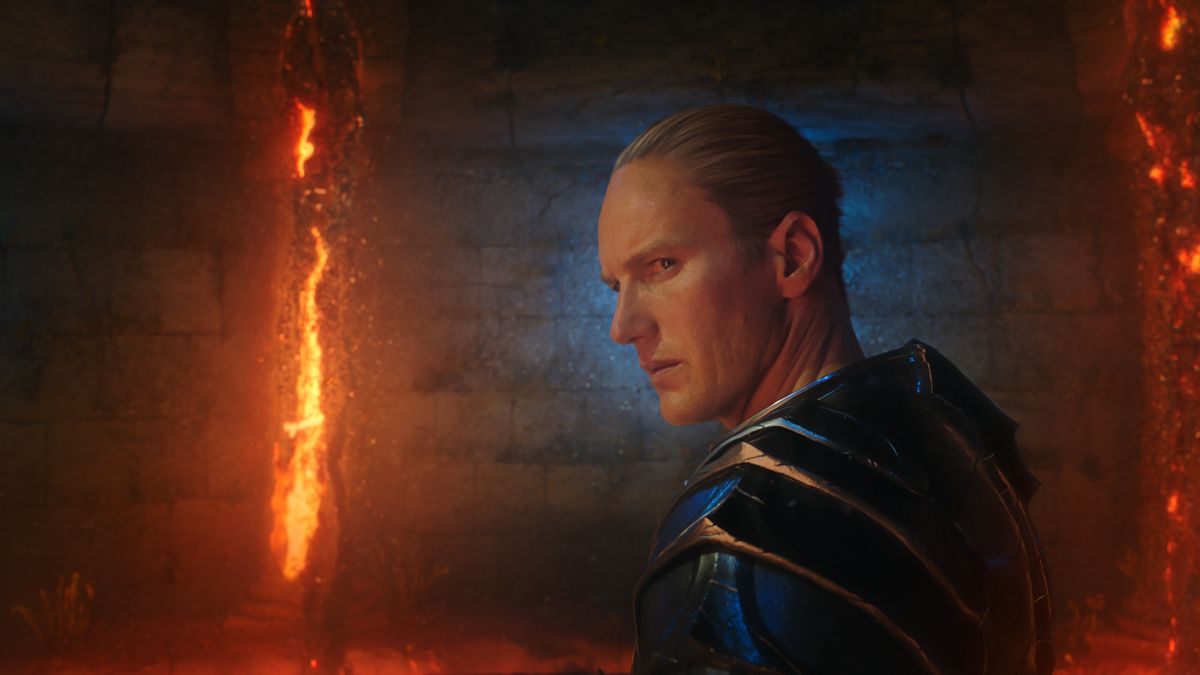
-
Aquaman
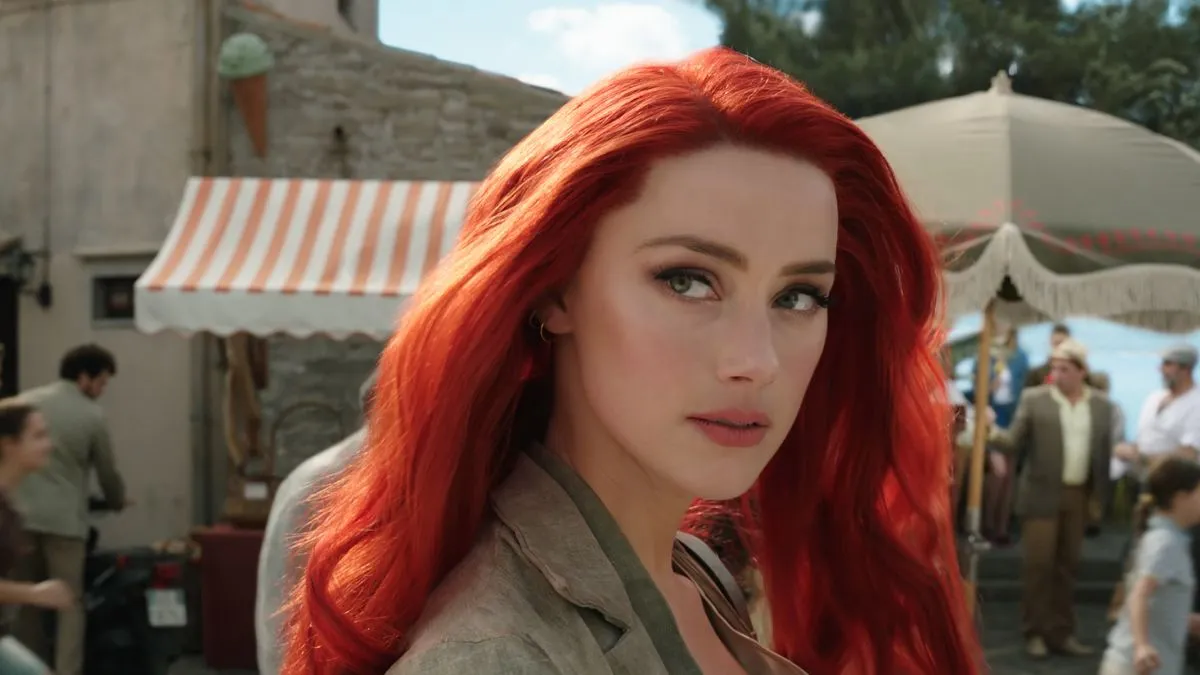
-
Aquaman

-
Aquaman

-
Aquaman

-
Aquaman

-
Aquaman

Director James Wan tweeted from the first day of filming.
